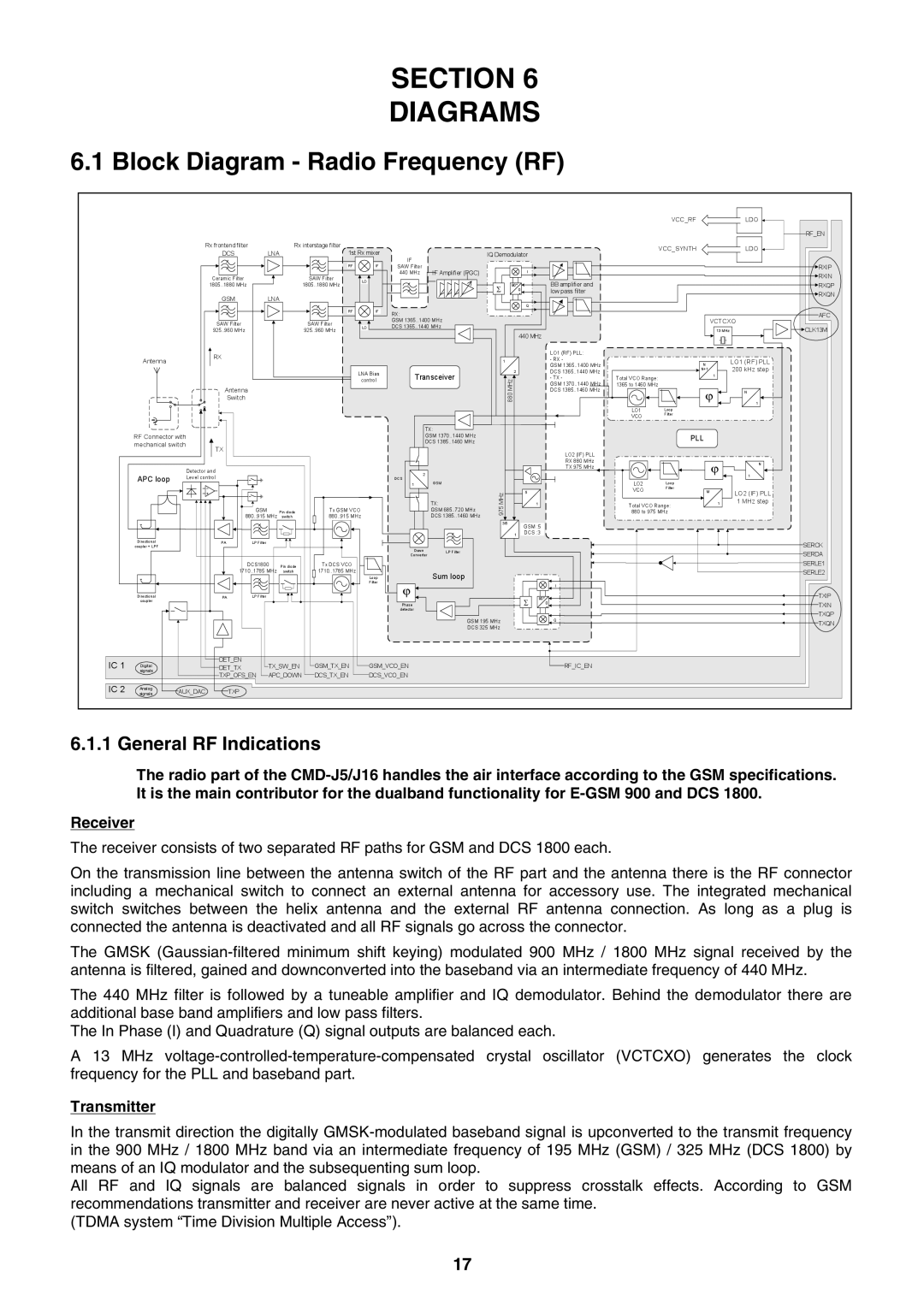CMD-J16 specifications
The Sony CMD-J16, released in the late 1990s, exemplifies the innovative spirit of mobile communication technology during that era. This compact mobile phone showcased advanced features for its time, appealing to tech enthusiasts and casual users alike.One of the standout characteristics of the CMD-J16 is its sleek design. Weighing in at just 113 grams and measuring 135 x 52 x 21 mm, this phone was incredibly portable. The device sported a monochrome display, which supported a resolution of 101 x 32 pixels, offering a simple yet functional interface for users to navigate. Its intuitive button layout made dialing and text input a straightforward process.
In terms of connectivity, the CMD-J16 operated on GSM technology, which was becoming increasingly popular worldwide. This allowed users to enjoy reliable voice calls and text messaging services. The device supported dual-band GSM, which provided increased coverage and versatility for international travelers.
The phone was equipped with several features that made it user-friendly. One such feature was the integrated phonebook, capable of storing up to 250 contacts. Each contact could hold multiple phone numbers and even a fax number, making it easy for users to manage their communication needs. The CMD-J16 also supported SMS messaging, allowing users to send and receive text messages seamlessly.
Another notable aspect of the CMD-J16 is its long-lasting battery life. The phone housed a NiMH battery, which offered up to 100 hours of standby time and up to 4 hours of talk time, ensuring users could stay connected for extended periods without frequent recharging.
The phone also came with a range of personalization options. Users could select from various ringtones, including polyphonic options, to customize their experience. The device allowed for basic games, adding a touch of entertainment during idle moments.
In summary, the Sony CMD-J16 was a remarkable mobile phone that combined practicality with style. Its compact design, user-friendly features, and reliable performance made it a popular choice among consumers in the late 90s. While it may now be considered a relic in the rapidly evolving world of mobile technology, the CMD-J16 remains a testament to Sony’s commitment to innovation and quality in the telecommunications landscape.

